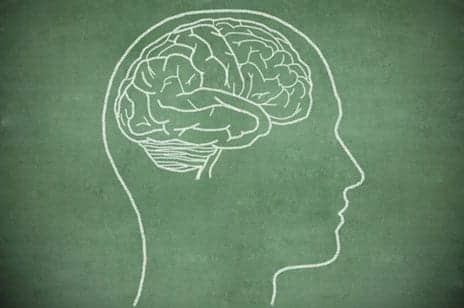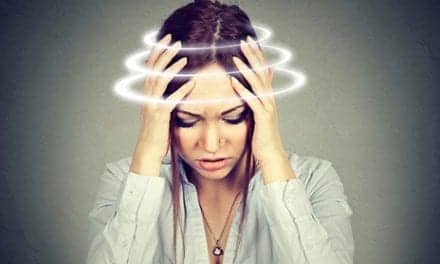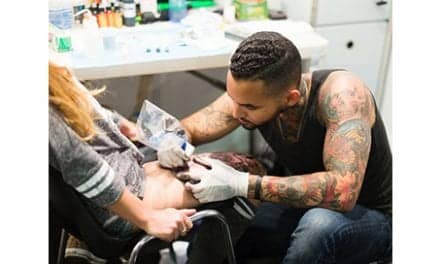Researchers report that in order to maximize stroke recovery, they want to focus on additional ways to support the uninjured side of the brain.
According to a recent news release, Adviye Ergul, MD, PhD, vascular physiologist at the Medical College of Georgia at Georgia Regents University (GRU), and collaborator Susan C. Fagan, PharmD, BCPS, FCCP, stroke pharmacist at MCG and the University of Georgia, are among many researchers who indicate that while the opposite side of the brain may not have directly experienced a stroke, its ability to help the injured side is impacted.
The help it can reportedly provide includes endothelial cells that line blood vessels on both sides of the brain releasing growth factors—primarily brain-derived neurotrophic factor and vascular endothelial growth factor—which protect neurons, assist ailing neurons in recovering, and prompt the growth of new blood vessels to the stroke site. The release says the activity also attracts endogenous stem cells. In this way, researchers say even if the new blood vessels do not actually carry blood, they can help create what scientists are calling a “regenerative niche” that can minimize stroke damage.
Boosts of growth factors and more blood vessels may also benefit the uninjured side, potentially prepping it to take on more responsibility, the release says.
Fagan explains that it is “still unclear what hemisphere is really doing. Some people think it’s just suppressing abnormal neurons firing in the damaged area. We think it’s more active recovery.”
Ergul adds that researchers know blood vessels react “a lot” to the injury in distant parts of the brain.
“Within a few days of a stroke, the non-damaged side becomes more active and starts taking up, we think, some of the functions of the damaged side,” Fagan said. “If you do functional MRIs in humans, you can see other hemispheres starting to light up more in the recovery phase within a few days of stroke,” Ergul says.
The release states that patients with diseases such as hypertension and diabetes are particularly at risk for stroke and poor stroke recovery, since the vascular system has already lost some of its ability to protect itself. That includes maintaining control over blood flow. To regulate the flow, blood vessels contract, Ergul notes. In diabetes and hypertension, for some time they work to compensate but lose the ability to sense pressure and regulate the blood flow.
The release reports that without this ability, the blood vessels continue to dilate, increasing leakiness and bleeding into the brain. In response, tiny blood vessels upstream contract, further reducing blood and oxygen supplies to the stroke area.
The topic served as the focus of a February 11 session of the American Heart Association International Stroke Conference in Nashville. Fagan, who is assistant dean for the UGA College of Pharmacy campus at GRU and director of MCG’s Center for Pharmacy and Experimental Therapeutics, moderated the session and Ergul presented on vascular changes.
Also, during the meeting Dr Maha Coucha, a recent GRU graduate, presented one of the earlier pieces of evidence regarding the role of the uninjured side of the brain. The evidence indicates that the increasing expression of the enzyme superoxide dismutase in the uninjured side of a rat stroke model enables blood vessels on the injured side to better control blood flow.
Ergul points out that, “We know that any improvement is due to manipulation to the other side and, when we do that, the stroke injury is limited, and the outcome is better.”
[Source: Medical College of Georgia at Georgia Regents University]





